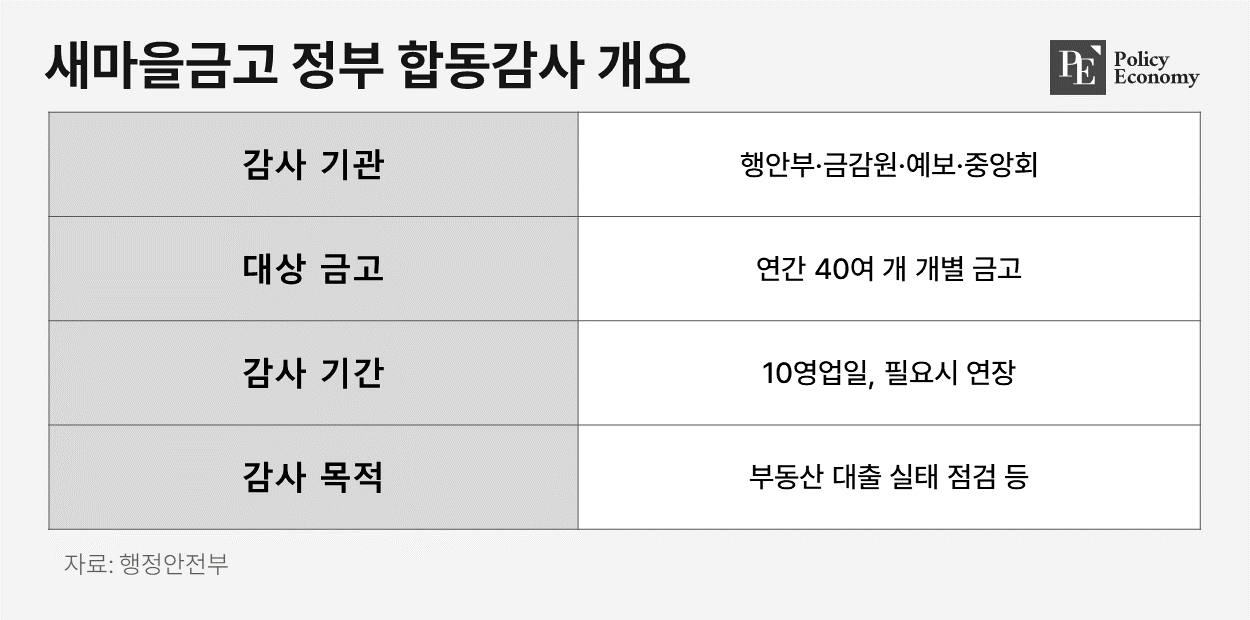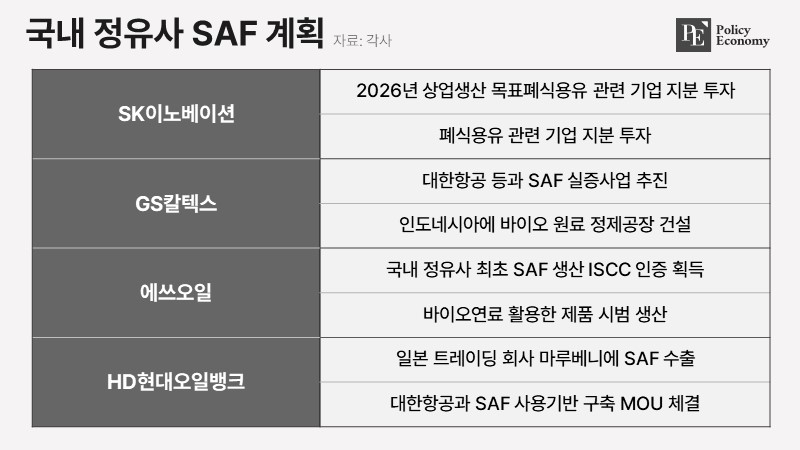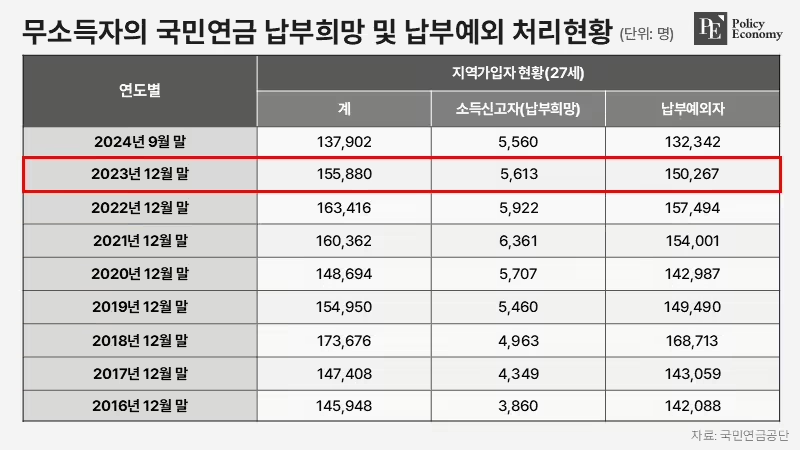[동아시아포럼] 중국의 성장 잠재력 위협하는 내수 침체
2023년 중국의 성장 잠재력은 내수 부진과 대외 수요 감소 등의 도전에 직면 잠재성장률 5.5% 증가에 소비증가율 최소 6.36% 증가 필요 성장 촉진 정책을 지속하고 소비 촉진 위한 추가적인 노력 요구돼
[동아시아포럼]은 EAST ASIA FORUM에서 전하는 동아시아 정책 동향을 담았습니다. EAST ASIA FORUM은 오스트레일리아 국립대학교(Australia National University)의 크로퍼드 공공정책 학교(Crawford School of Public Policy) 산하의 공공정책과 관련된 정치, 경제, 비즈니스, 법률, 안보, 국제관계 및 사회에 대한 분석 및 연구를 위한 플랫폼입니다.
저희 폴리시코리아(The Policy Korea)와 영어 원문 공개 조건으로 콘텐츠 제휴가 진행 중입니다.

야오양(Yang Yao, 姚洋)은 중국의 경제학자입니다. 베이징 대학의 중국 경제 연구 센터의 교수이자 국립 개발 학교의 학장으로 남남협력개발원(Institute of South-South Cooperation)의 전무이사이자 중국 경제 계간지(China Economic Quarterly)의 편집자입니다. 쑨예팡 경제과학상(Sun Yefang Economic Science Award)과 푸산상(Pu Shan Award)과 같은 여러 상을 수상하기도 했습니다. 중국 경제학자 50 포럼(China Economists 50 Forum)의 회원이며 로버트 보쉬 재단(Robert Bosch Foundation)의 리처드 폰 바이제커 펠로우(Richard von Weizsäcker Fellow)입니다.
2023년 중국의 경제성장 전망은 크게 엇갈린다. 국제기구와 해외 중국통들이 4% 성장을 합리적이라고 예측하는 반면, 대부분의 중국 경제학자들은 5~6% 성장할 가능성이 더 크다고 믿는다.
이 논쟁은 중국의 잠재성장률에 대한 가정과 많은 관련이 있다. 잠재적 성장률을 추정할 수 있는 많은 모형들이 있지만, 가장 간단하고 신뢰할 수 있는 모델은 Solow 모형이다. 이 모델을 기반으로 할 때 한 국가의 국내총생산(GDP) 성장률은 저축 증가율·인구 규모 및 총요소 생산성에 따라 결정된다.
중국의 인구 증가는 멈췄고 자본 증가는 현재 중국의 국민저축에 의존하고 있다. 중국은 국민저축이 GDP의 45%를 차지하기 때문에 이런 측면에서 유리하다. GDP의 3.6배인 높은 수준의 순자본, 5%의 낮은 감가상각률을 가지고 있다. 이러한 조합은 연간 저축률이 7.5%의 순 자본금 성장으로 이어진다.
자본 축적으로 인한 GDP 성장은 이 중 절반인 3.75%를 차지한다. 기존 연구들은 총요소 생산성 향상이 GDP 성장의 20-40%에 기여한다는 것을 발견했는데 이를 바탕으로 계산하면 2023년 중국의 잠재성장률은 4.7~6.3% 수준으로 나타나 중국 경제학자들의 전망이 어느 정도 타당하다고 볼 수 있다.
그러나 잠재적 성장률을 실현하기 위한 여러 가지 장애가 2023년에 남아 있다.
첫 번째는 코로나19 사태가 어떻게 진화할 것인가 하는 점이다. 중국 당국은 2022년 12월 초 중국의 가혹한 코로나 제로 정책을 해제했다. 감염률은 대부분의 지방에서 빠르게 정점을 찍었고 여행과 소매 부문은 곧 회복됐다. 이번 봄 2차 감염자가 생길지, 얼마나 심할지 여러모로 불확실하다. 이러한 불확실성을 감안하면 우리는 23년 첫 두 분기에 높은 성장률을 기대해서는 안 된다.
중국 정부는 2차 감염에 대비해야 한다. 백신 접종 촉진, ICU 증설, 의료 공급 강화 등의 조치가 수반돼야 한다.
두 번째 도전은 외부 수요의 감소다. 중국 경제성장의 병목 현상은 수요 측면에 그 원인이 있음이 분명하다. 평균적으로 생산 능력의 20-30%가 유휴 상태다.
지난 3년간 중국 정부는 수요를 늘리기 위해 투자에 크게 의존해왔다. 그러나 이 투자에 대한 점진적인 수익이 감소하고 있다. 최근 몇 년 동안 자본 형성은 기껏해야 중국의 성장에 2%p 기여했다.
수출은 같은 3년 동안 중국의 성장을 유지하는 데 상당한 기여를 했다. 그러나 세계 경제 전반에 걸쳐 경기침체라는 공포가 크게 다가오고 있기 때문에 2023년에는 외부 수요가 흔들릴 가능성이 크다. 중국은 성장률 유지에 필요한 충분한 수요를 창출하기 위해 내수로 전환해야 한다.
이는 2023년 중국의 성장을 위한 가장 어려운 세 번째 도전으로 이어진다. COVID-19 이전에, 국내 소비는 7%로 상당한 성장이 있었다. GDP에서 차지하는 비중은 2010년 48%에서 2019년 55%로 증가했다. 그러나 지난 3년간 국내 소비가 둔화됐다. 중국이 2023년 잠재성장률 5.5%에 도달하기 위해서는 이 중 소비증가율이 최소 3.5%포인트를 차지해야 하며 이는 적어도 6.36%의 소비증가가 요구되는데 이는 결코 쉬운 수치가 아니다.
소비를 증가시키는 데는 도움이 될 만한 두 가지 요인이 있다. 하나는 팬데믹 이후 소비자 신뢰의 회복이다. 지난 3년 동안 가계가 축적한 초과 저축 해소에 도움이 될 수 있다. 1차 감염 파동 이후 여행·소매업 부문이 빠르게 회복된 것으로 볼 때, 2023년에는 소비가 다시 반등할 것으로 보인다.
다른 요인은 부동산 부문의 안정화다. 부동산 부문은 중국 정부의 과열 방지 노력으로 2022년에 큰 폭으로 하락했다. 중국 정부가 2022년 후반에 기존의 정책을 철회하기 시작했고 지금은 지방자치단체의 지원을 독려하고 있다. 이에 따라 2023년에는 부동산 부문의 하락세가 멈추어야 하고, 이는 소비에 긍정적인 영향을 미칠 수 있는 요소다.
물론 이 두 가지 요인만으로 국내 소비의 6.36% 성장을 견인하기는 충분하지 않다. 중국 당국은 2023년 소비 진작을 최우선 과제로 내세웠고, 이를 목표로 더 많은 정책을 내놓을 전망이다.
몇몇 지방자치단체들은 소비 진작을 위해 쿠폰을 발행했다. 소비 쿠폰은 가격 할인에 해당하며 대부분의 경우 지정된 구매에 대해 20% 할인된 가격으로 구매할 수 있다. 문제는 이러한 쿠폰 제도의 규모가 매우 작다는 것이다. 7조 위안(약 1조 달러)의 경제 규모를 가진 지역구에서 최근의 쿠폰 계획은 2억 위안(약 3천만 달러)의 규모였다. 가시적인 효과를 내기에는 너무 작은 규모다.
예비 조사에 따르면 소비 쿠폰에 GDP 1%가 지출될 때마다 GDP 성장률이 0.78% 증가한다. 쿠폰을 살 수 있는 품목에 대한 제한이 없는 것을 전제한 계산이지만 현재 쿠폰은 지정된 상품에만 사용할 수 있다. 또한 소비 쿠폰은 성장 촉진 정책에 대한 중국 정부의 약속에 대한 신뢰를 높이는 데 도움이 될 수 있고 그 결과 추가적인 소비 성장을 기대할 수 있다.
GDP 성장 잠재력을 실현하려면 중국 정부는 이러한 성장 중심 정책을 지속적으로 발전시키고 내수 진작을 위해 더욱 노력해야 한다.
Weak domestic demand now threatens China’s growth potential
Forecasts for China’s economic growth in 2023 diverge widely. While international organisations and China watchers abroad predict growth of 4 per cent as reasonable, most Chinese economists believe that growth of 5–6 per cent is more likely.
The debate has a lot to do with assumptions about China’s potential growth rate. Many models can be used to estimate the potential growth rate, but the simplest and most credible is the Solow model. Based on this model, a country’s GDP growth rate depends on the growth rates of its stock of net capital, its population size and its total factor productivity.
China’s population has now stalled and its capital growth depends on its national savings. On this count, China has an edge, with national savings accounting for 45 per cent of its GDP. China’s stock of net capital is 3.6 times its GDP and its depreciation rate is 5 per cent. This means that its annual savings translates into 7.5 per cent growth in its net capital stock.
GDP growth brought about by capital accumulation would be half of this, or 3.75 per cent. Previous studies have found that total factor productivity growth contributes 20–40 per cent of GDP growth. Based on this arithmetic, China’s potential growth rate in 2023 is in the range of 4.7–6.3 per cent, justifying Chinese economists’ forecasts.
But China faces several challenges along the way to achieving this potential growth rate in 2023.
The first is how the COVID-19 pandemic will continue to evolve. Chinese authorities lifted the country’s strict zero-COVID policy in early December 2022. Infections quickly peaked in most provinces but the travel and retail sectors bounced back soon after. The uncertainty is whether a second wave of infections will come in the spring and how severe it will be. Considering this uncertainty, we should not expect high rates of growth in the first two quarters of the year.
The Chinese government should make preparations for a second wave of infections. This includes promoting vaccination, increasing ICU capacity and shoring up medical supplies.
The second challenge is declining external demand. The bottleneck to growth of China’s economy is clearly on the demand side — on average, 20–30 per cent of production capacity is idle.
Over the past three years, the Chinese government has relied heavily on investment to boost demand. But the incremental returns on this investment are diminishing. Capital formation has at best contributed 2 percentage points to China’s growth in recent years.
Exports have made a significant contribution to sustaining China’s growth over the same three years. But as recession fears loom large across the global economy, external demand is likely to falter in 2023. China must shift to domestic consumption to generate enough demand to maintain its growth.
This leads to the third and toughest challenge for China’s growth in 2023. Before COVID-19, domestic consumption grew by a respectable 7 per cent most years. The share of GDP attributable to domestic consumption increased from 48 per cent in 2010 to 55 per cent in 2019. But over the past three years, domestic consumption has slowed. For China to reach a potential growth rate of 5.5 per cent in 2023, consumption growth will need to make up at least 3.5 percentage points of this. This would require consumption growth of at least 6.36 per cent, which is by no means an easy task.
Two factors will help boost consumption. One is the recovery of consumer confidence after the pandemic. This may help release the excess savings accumulated by households over the past three years. Judging by the quick recovery of the travel and retail sectors after the first wave of infections, there is reason to believe that consumption will bounce back in 2023.
The other factor is the stabilisation of the property sector. Due to government attempts to prevent overheating, the property sector underwent a large decline in 2022. The Chinese government began to reverse policy in late 2022 and is now encouraging local governments to support the sector. As a result, the property sector should stop its decline in 2023, and that will have a positive impact on consumption.
But those two factors may still not be enough to generate 6.36 per cent growth in domestic consumption. Chinese authorities have put boosting consumption as a top priority for 2023 and may roll out more policies with this as a goal.
Several local governments have issued coupons to help boost consumption. Consumption coupons are equivalent to price discounts and in most cases are redeemable for a discount of 20 per cent on designated purchases. The problem is that these coupon schemes are still very small in scale. In a province with an economy worth 7 trillion yuan — about US$1 trillion — the latest coupon scheme was only worth 200 million yuan (around US$30 million), too small to generate any noticeable effect.
Preliminary calculations show that GDP growth will increase by 0.78 per cent for every 1 per cent of GDP spent on consumption coupons. This is conditional on a lack of restrictions being placed on the items that coupons can buy — right now, coupons can only be used on designated products. Coupons could also help boost confidence in the Chinese government’s commitment to its pro-growth policies and may bring extra growth in consumption as a result.
If China is to reach its potential for GDP growth, the government will need to continue to advance these pro-growth policies, and make further efforts to promote domestic consumption.
Yang Yao is Cheung Kong Scholar and Liberal Arts Chair Professor, Dean of the National School of Development and Director of the China Centre for Economic Research at Peking University.



























